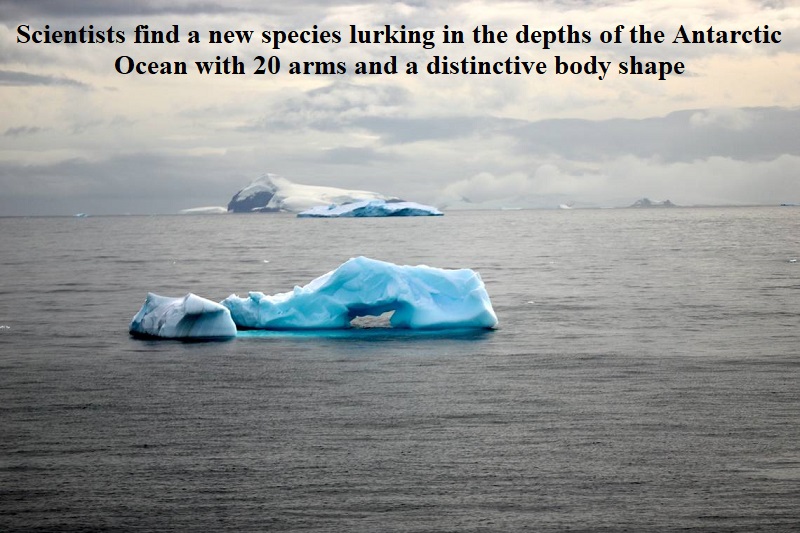
A new species has been discovered in the depths of the Antarctic Ocean, possessing 20 arms and a unique body shape. Scientists encountered this species while aboard a research vessel during the retrieval of nets from the frigid ocean waters.
The discovery of this new species, referred to as the Antarctic strawberry feather star (Promachocrinus fragarious), was detailed in a study published in the journal Invertebrate Systematics on July 14. The researchers were engaged in trawling the Antarctic Ocean during several expeditions conducted between 2008 and 2017 in search of a cryptic group of sea creatures known as Promachocrinus or Antarctic feather stars. These animals can inhabit vast depths ranging from approximately 65 feet to 65,000 feet underwater, exhibiting a visually distinct appearance while swimming. Despite being invertebrate ocean creatures, feather stars stand apart from other well-known sea stars.
During their surveys, the research team encountered eight feather stars that displayed unique body features, leading to the discovery of the new species. They named it the Antarctic strawberry feather star due to its body’s resemblance to the shape of a strawberry, a choice inspired by the Latin word for strawberry.
The study highlighted the remarkable characteristics of the Antarctic strawberry feather star, which possesses 20 arms attached to its central strawberry-like body. It has the ability to change color, shifting from purplish to dark reddish hues. Although the study does not provide specific information about the creature’s size, the researchers described it as ‘large.’ Identification of the new species relied on an analysis of its body shape and DNA.
The Antarctic strawberry feather star inhabits the Southern Ocean at depths ranging from 215 feet to about 3,840 feet.
Photographs of this newly discovered species reveal the presence of two types of appendages. The lower arms, shorter in length, display a striped and bumpy appearance, while the upper, longer arms exhibit a feathered and soft texture. The lower portion of the Antarctic strawberry feather star’s body features a roughly triangular shape, with a broader top and a narrower, more rounded bottom. The body’s surface texture appears bumpy, likely resulting from circular indents caused by broken-off arms.
The research team, including Emily McLaughlin, Nerida Wilson, and Greg Rouse, documented multiple species of Antarctic feather stars as part of their study, with three new species being among the discoveries.

Post Your Comments